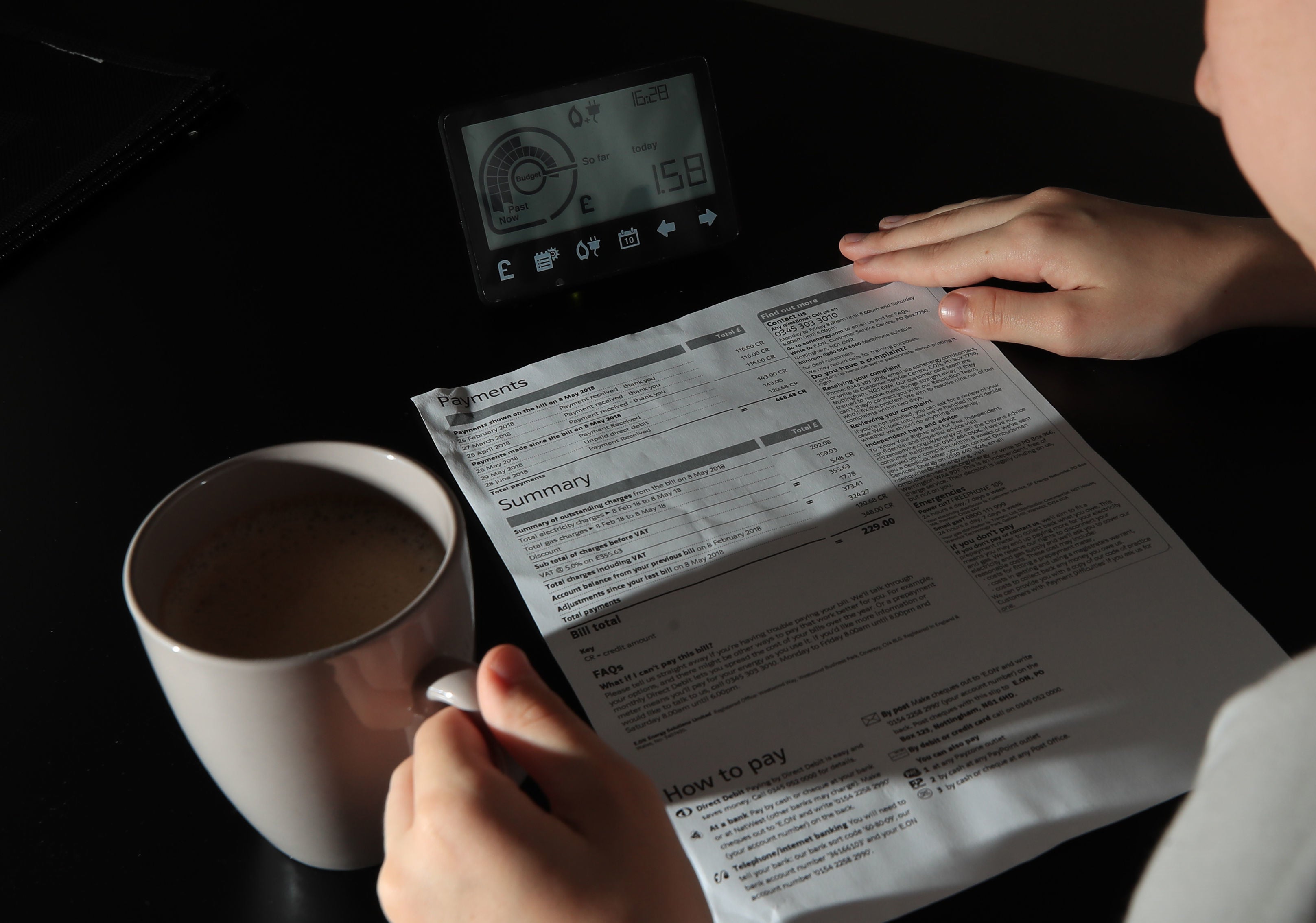UK households face a “bleak” living standards outlook for the remainder of the 2020s, with a leading think tank warning that many could end the decade no better off than they began it.
The Resolution Foundation has painted a stark picture, suggesting the current “bust, boom and bleak outlook” could see the 2020s become “the first decade of the modern era to witness no improvement in disposable incomes across Britain.”
The grim forecast suggests that the tough start to the decade, marked by economic volatility, risks leaving typical households in a stagnant financial position.
In its “central scenario,” the think tank projects that the typical annual real income of non-pensioners is set to grow “only slightly” over the five years after 2024-25, amounting to just 1 per cent overall, or a cash increase of around £300 in total.
The immediate future appears particularly challenging. The Living Standards Outlook 2025 report, funded by Nationwide Building Society, states: “Our outlook for 2025-26 specifically remains poor with income flat (0 per cent growth).”
This stagnation is attributed to a combination of factors, including frozen tax thresholds and rising council tax, which are “cancelling out real pre-tax earnings growth for many, even before accounting for water, rent and mortgage rises.”

The report continued: “Taking into account the cost-of-living crisis, the typical income in 2029-30 would remain essentially unchanged (0 per cent growth) compared to 2019-20.
“This would clearly make the 2020s the worst decade out of the past six for living standards growth.”
The outlook for the lower-income half of the non-pensioner population is worse in the years ahead, according to the projection.
The foundation said the average real incomes of this group could be 1 per cent (£200) lower in 2029-30 than in 2024-25.
Within the weak outlook overall, some parts of the population are expected to fare better, the report said.
The typical pensioner income is projected to rise by 5 per cent between 2024-25 and 2029-30, with a £1,500 increase.
Housing tenure also plays a key role in determining the outlook, according to the research, with mortgage holders set to see income falls as they come off fixed-rate deals, while outright homeowners are expected to see a boost to their living standards.
The projection for weak income growth over the second half of the decade follows a “rollercoaster” first half, in which living standards were rocked by Covid-19 and the cost-of-living crisis, according to the foundation, which is focused on improving living standards for households on low to middle incomes.

It said there was a “mini living standards boom” as incomes grew by 4 per cent (£1,300) in 2024-25.
The foundation also said that the economic outlook could improve, with policies potentially offering a “helping hand” to lift living standards for poorer households.
Adam Corlett, principal economist at the Resolution Foundation said: “The living standards story of the decade so far has been bust and boom, with Covid-19 and a cost-of-living crisis followed by a much-needed recovery last year. But the rest of the decade looks bleak, with typical household incomes set to grow by just 1 per cent over the next five years.
“There are winners and losers within this weak outlook, with pensioner incomes set to grow by a healthy 5 per cent over the rest of the decade, while the poorest half of the population are set to see their incomes fall.
“But a stronger economy and the right policy interventions can brighten this outlook. Maintaining strong wage growth and returning to pre-pandemic employment levels would make middle-income Britain far better off, while ending the two-child limit can lift living standards for poorer families.”




